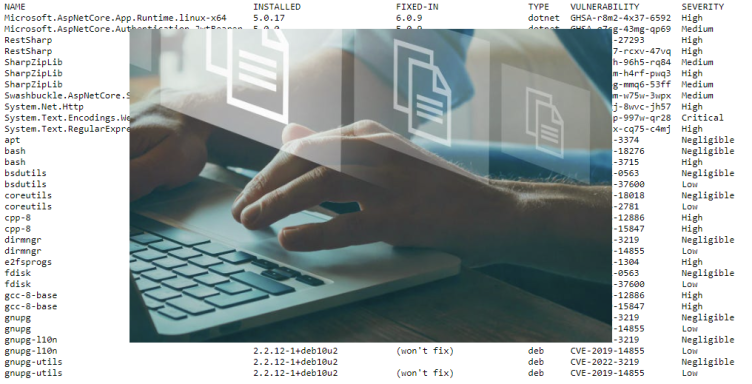This article focuses on how SBOM can help close many of your security issues through a structured "SBOM" process.
A “Software Bill of Materials” (SBOM) is a nested inventory for software, a list of ingredients that comprise software components. SBOM has been known in the IT industry for more than ten years. Over the last five years, we have seen a massive increase in open source usage. This represents an increased security risk unless you control it.
Open-source components require regular updates. It is easy to lose the overview, and substantial security risks could remain open for several years.
A development organization should implement SBOM into their BUILD PIPELINES to handle Open Source security risks. No software should go to production unless all third-party components are updated and security risks are classified as "Negligible."
When understanding SBOM, it is evident that it has to be a priority for any organization. So why don't all IT organizations implement SBOM validation? It could be a priority issue or a need for more knowledge. Knowledge is easy to fix. By searching on words like "SBOM", "SPDX", "GRYPE", "CYCLONE", and "OWASP" you will build fundamental knowledge within less than an hour.
An SBOM report can be very long and look bad. But some critical updates often fix a considerable amount of security issues. Your team will soon establish a good knowledge of how to fix security issues, and the next time you generate an SBOM report, it will be reduced to only a few risk issues.
Implementing SBOM into a pipeline takes less than a day. ( depending on your number of projects ) The principles are as follows:
- Generate SPDX file as part of the build process
- Make a dependency check and generate a report on security issues
- Evaluate results and stop the build process if the report contains high or critical security issues
- Implement a dashboard to monitor all your SBOM reports
And yes, our organization has implemented SBOM reports for all our products.

